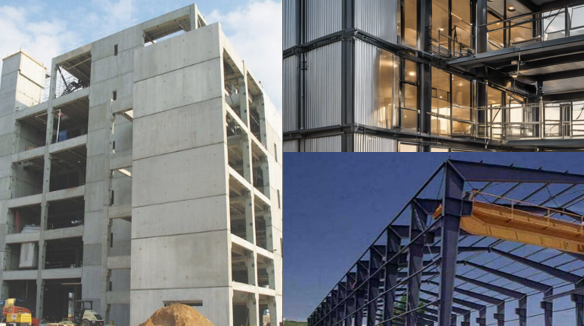Pre-Engineered, Precast Buildings or Modular Construction
allpeb.com
12/2/20241 min read


Introduction
In recent decades, the construction industry has witnessed the rapid rise of pre-engineered buildings and precast buildings or modular in construction vertical. These innovative building methods are not only transforming the landscape of industrial construction and warehousing but also providing smaller companies the opportunity to enter the market through effective capital expenditure minimization.
Benefits of Pre-Engineered and Precast Building Techniques
One of the most significant advantages of pre-engineered and precast buildings is their speed of execution. Modular sections can be fabricated off-site and quickly assembled on-site, allowing for reduced construction timelines compared to conventional building methods. This efficiency is paired with significant cost savings, creating an attractive proposition for businesses looking to scale their operations without the burden of high initial investments.
Design Considerations for Optimal Performance
However, successfully implementing pre-engineered or precast structures requires careful consideration of geographical factors. Each building must be designed to withstand local conditions, such as wind speed and seismic zones. By assessing these parameters during the design phase, architects and builders can ensure that the structures provide durability and stability over time.
In conclusion, pre-engineered and precast buildings are undeniably becoming dominant forces in the modular construction industry. Their accelerating adoption reflects broader trends in the marketplace, allowing even smaller organizations to thrive in competitive environments. As construction methods continue to evolve, embracing these innovative techniques will be vital for success in the industrial sector.
